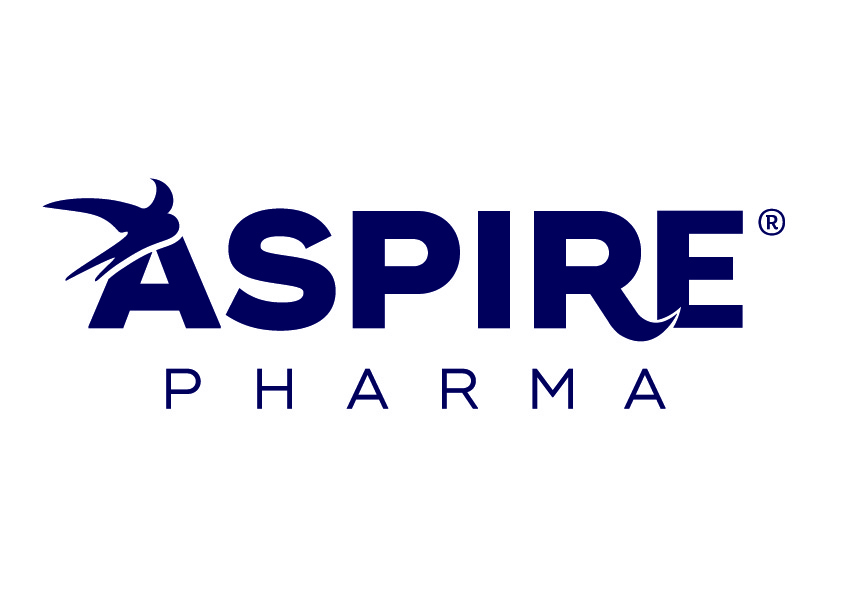As with all topical steroids, long term continuous therapy should be avoided where possible, particularly in infants and children as adrenal suppression may occur even without occlusion. In infants the napkin may act as an occlusive dressing and thus increase absorption.
For dermatologic use only.
If irritation or sensitization develops with the use of alclometasone, treatment should be discontinued and appropriate therapy instituted.
Any of the side effects that have been reported following systemic use of corticosteroids, including adrenal suppression, may also occur with topical corticosteroids, especially in infants and children.
Systemic absorption of topical corticosteroids may be increased if extensive body surface areas are treated or if the occlusive technique is used. Suitable precautions should be taken under these conditions or when long-term use is anticipated, particularly in infants and children.
Paediatric Use:
Paediatric patients may demonstrate greater susceptibility to topical corticosteroid-induced hypothalamic-pituitary-adrenal (HPA) axis suppression and to exogenous corticosteroid effects than mature patients because of greater absorption due to a larger skin surface area to body weight ratio.
HPA axis suppression, Cushing's syndrome, linear growth retardation, delayed weight gain, and intracranial hypertension have been reported in children receiving topical corticosteroids. Manifestations of adrenal suppression in children include low plasma cortisol levels, and an absence of response to ACTH stimulation. Manifestations of intracranial hypertension include a bulging fontanelle, headaches, and bilateral papilledema.
Alclometasone cream products are not for ophthalmic use.
Instruct patients not to smoke or go near naked flames - risk of severe burns. Fabric (clothing, bedding, dressings etc.) that has been in contact with this product burns more easily and is a serious fire hazard. Washing clothing and bedding may reduce product build-up but not totally remove it.
Topical steroid withdrawal syndrome
Long term use of topical steroids can result in the development of rebound flares after stopping treatment (topical steroid withdrawal syndrome). A severe form of rebound flare can develop which takes the form of dermatitis with intense redness, stinging and burning that can spread beyond the initial treatment area. It is more likely to occur when delicate skin sites such as the face and flexures are treated. Should there be a reoccurrence of the condition within days to weeks after successful treatment a withdrawal reaction should be suspected. Reapplication should be with caution and specialist advise is recommended in these cases or other treatment options should be considered.

